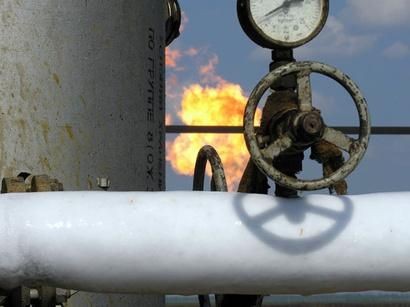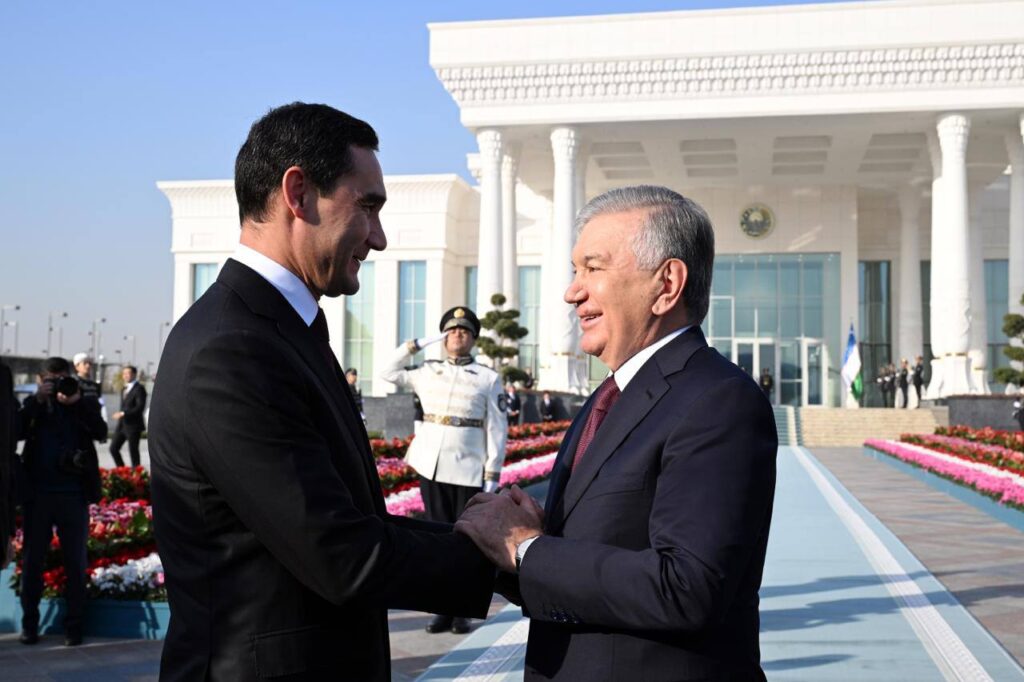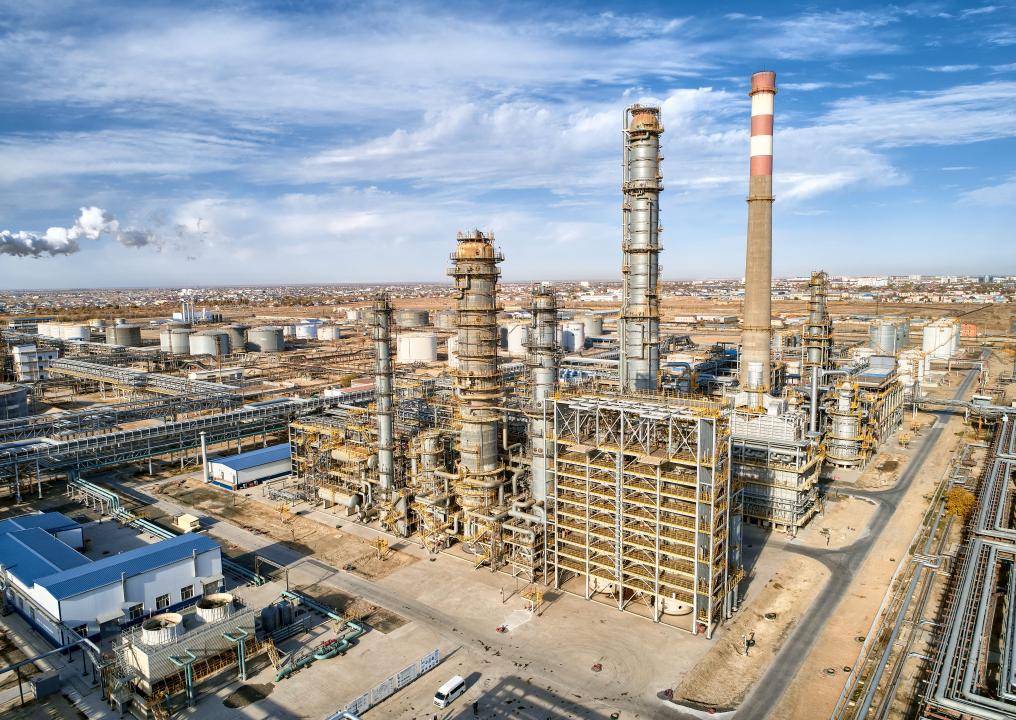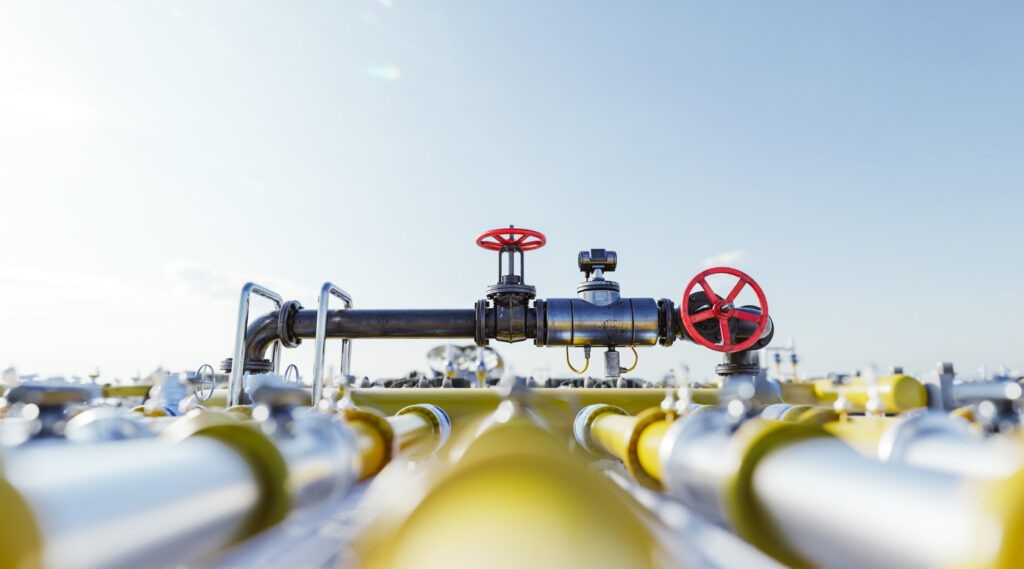BISHKEK (TCA) — Turkmenistan’s aspiration to export its natural gas to Europe via the planned Trans-Caspian Pipeline faces geopolitical challenges, as China and Russia remain the main buyers of Turkmen gas. We are republishing the following article on the issue, written by Ilgar Gurbanov:
On August 12, during the Caspian Economic Forum in Turkmenistan, Russia and Iran expressed their discontent regarding the long-proposed Trans-Caspian Gas Pipeline (TCP) project (see EDM, September 4). Russian Prime Minister Dmitry Medvedev stressed that all “major Caspian Sea projects should undergo an impartial environmental review” (TASS, August 12). Behruz Namdari, the representative of Iran’s National Gas Company, stated that Iran opposes the construction of a natural gas pipeline in the Caspian Sea because of ecological issues. He suggested that neighboring states use Iran’s infrastructure for gas supply (RIA Novosti, August 12). However, Iran’s northern pipeline network is poorly developed to handle large gas volumes; and the hard sanctions imposed on the country by the United States make Namdari’s suggestion even less realistic.
A year since the August 12, 2018, Convention on the Legal Status of the Caspian Sea, Russia’s current position remains largely unchanged: Moscow continues to demand comprehensive “environmental” assessments of various Caspian undersea projects (Interfax, July 4; RIA Novosti, August 12). While the Convention signed last year authorized Turkmenistan and Azerbaijan to construct a pipeline across the seabed, “ecological objections” will delay the construction process (see EDM, September 12, 2018). A number of undersea pipelines in the Caspian already exist, including ones running from Azerbaijan’s and Kazakhstan’s oil and gas fields—but those, curiously, never caused any concern among any of the five Caspian littoral states (RFE/RL, August 15).
In April 2019, after settling its commercial dispute with Turkmenistan, Russia’s Gazprom resumed gas imports (halted in 2016) from this Central Asian state. According to their agreement, Turkmenistan will export 5.5 billion cubic meters of gas per year to Russia by 2024 (Kommersant, July 4). This will gradually restore Russia’s leading share in Turkmenistan’s gas export, which is currently dominated by China, via the Central Asia–China pipeline. This west–east pipeline also pumps gas from Kazakhstan and Uzbekistan, restricting Ashgabat’s options to augment the volumes it sends to China. Until the fourth string of this pipeline is completed, Turkmenistan needs an alternative export route, weakening Ashgabat’s position in negotiations with Moscow (Eurasia.expert, August 27). Moreover, Turkmenistan is repaying Chinese loans for the construction of the Central Asia–China pipeline through subsidized or even free gas exports. And falling oil prices further affected Turkmenistan’s gas contracts with China since their negotiated prices were indexed to international crude oil prices (New Eastern Europe, May 31). Due to this unprofitability of the Chinese direction of export, Ashgabat opted to resume gas shipments to Russia to remedy its budget shortfalls (see EDM, April 18).
The resumption of gas imports from Turkmenistan coincides with the expected start of Russian gas flows to China through the Power of Siberia Pipeline. Gazprom’s imports of Turkmenistani gas can reduce the volumes that would otherwise be available to China from non-Russian sources (Eurasiareview.com, September 10), which could affect the volume and price of Russian gas supplies to China (EurasiaNet, August 8, 2018). Although Gazprom was previously buying Turkmenistani gas and reselling it at its own rates in Europe, the European gas market lately experienced price drops that currently make this strategy unprofitable. One of the reasons Gazprom halted imports from Turkmenistan in 2016 was due to decreasing global gas prices, as the revenues from European market did not compensate Russia’s expenses stemming from importing this commodity from Turkmenistan. Although it was argued that Moscow resumed buying Turkmenistani gas (at least in part) to insure itself against gas output shortages for the European market (Kommersant, July 4), this development may also derail Ashgabat’s commitment to pursue the construction of the TCP.
Since having been conceived in the 1990s, the Trans-Caspian Pipeline has occasionally received political support from outside actors. This past spring, US President Donald Trump, in a letter to his Turkmenistani counterpart, Gurbanguly Berdimuhamedov, expressed hope that Turkmenistan “will be able to take advantage of the new opportunities for exporting gas to the West [after the] determination of the legal status of the Caspian Sea” (Turkmenistan.gov.tm, March 24). And the new US ambassador to Ashgabat, Matthew Klimow, resolved during his testimony before the US Senate “[to] make every effort to promote [the] diversification of Turkmenistan’s gas export markets—across the Caspian Sea” (Foreign.senate.gov, May 16). Trump sent another letter to Azerbaijani President Ilham Aliyev emphasizing that “Azerbaijan can play an even greater leadership role [in world energy markets] by partnering with” Turkmenistan and Eastern Mediterranean countries (President.az, May 29). The US, however, is currently focused mainly on supporting the realization of the Eastern Mediterranean gas pipeline from Israel to Europe (State.gov, August 7), which could potentially eclipse the priority of the TCP.
From the European Union’s side, the TCP also received a positive response. The EU Special Representative for Central Asia, Peter Burian, declared that the EU resumed negotiations with Turkmenistan on “the construction of a gas pipeline through the Caspian” to import gas from Turkmenistan (Vestifinance.ru, August 12). This statement was followed by news that German, French and Chinese companies met with senior officials in Turkmenistan to discuss investment and construction issues for the TCP (Orient.tm, August 13).
Moreover, the conclusions adopted by the EU Council of Ministers on the European bloc’s Central Asia Strategy in 2017 and 2019 affirmed Europe’s determination “to extend the Southern Gas Corridor (SGC) to Central Asia” and support the implementation of joint energy projects to bridge “the Black and Caspian Seas” (Consilium.europa.eu, June 19, 2017 and June 17, 2019). The European People’s Party, after winning the most recent elections in the European Parliament, issued its “Position Paper,” in which it named the SGC, including the TCP, projects of “strategic interest” for the EU’s energy diversification (Eppgroup.eu, accessed on September 15). By contrast, the European Commission’s latest joint communication on the EU–Central Asia Partnership mainly highlighted “climate change” and “renewable energy” cooperation, mentioning the TCP project only once and making no statement about the SGC (Eeas.europa.eu, May 15).
Both Iran and Russia have overlapping positions regarding the construction of alternative undersea pipelines across the Caspian that could potentially create greater competition in the European market. Since Azerbaijan’s reserves and export opportunities are orders of magnitude smaller compared to Russia and Iran, the SGC with Azerbaijani gas alone cannot cover the EU’s overall gas dependence. The potential flow of Turkmenistan’s massive gas resources to Europe, on the other hand, would profoundly challenge the market share of key gas suppliers to the continent.
This article was originally published by The Jamestown Foundation’s Eurasia Daily Monitor









